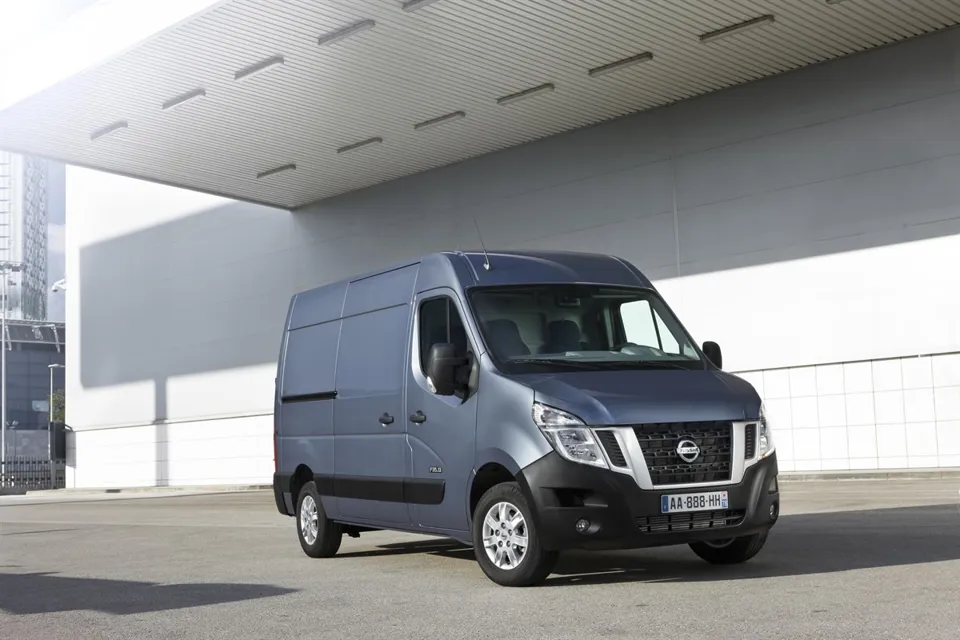The Nissan NV400 engine lineup has increased as part of a mid life refresh.
The range of dCi engines has grown to five, offering more performance and greater refinement. But despite the power increases, fuel economy is actually better than before.
All have a common base - the 2.3-litre common rail/direct injection, four-cylinder, 16-valve turbo diesel developed by Alliance partner Renault.
A pair of single turbo units produce 110hp/285Nm (previously 100hp) and 125hp/310Nm and these are joined by a pair of newly developed Twin Turbo units, developing 135hp/340Nm and 165hp/360Nm. Also available is a 150hp/350Nm version of the engine that has a variable geometry single turbo and is available only with a robotised semi-automatic gearbox.
The new Twin Turbo models are seen as ideal for vans and chassis cabs needed for heavy-duty work or for longer journeys. The technology uses a small turbocharger to generate increased torque at low revs (up to 1,500 rpm) for more rapid acceleration at city speeds or when fully laden.
At higher engine speeds, the larger turbo takes over to provide more power and a usefully wider torque band that is especially appreciated at motorway speeds. Thanks to this increased flexibility, there is less need to change gear to maintain momentum. This not only reduces driver fatigue but also enhances fuel economy.
The Twin Turbo models also benefit from Stop & Start technology and regenerative braking via a new Energy Smart Management (ESM) system that together enables the 165hp version, for example, to return an impressive economy figure of 6.9litres/100km over the combined cycle.
The new NV400 also benefits from a number of advanced technologies providing greater safety and enhanced cabin comfort.
One such feature is Extended Grip, which is available on both front- and rear- wheel drive versions of NV400. Operated via a dashboard button, Extended Grip works with the new ESC system to optimise traction in tricky conditions such as mud, sand and snow. Extended Grip transfers engine torque between each of the driven wheels as required and by as much as 25 per cent to help start off and to maintain traction.
Another feature is Hill Start Assist, which automatically operates when pulling away on a slope with a gradient of more than 3 per cent. Primed by pressing the footbrake, when the driver moves his foot from brake pedal to throttle the system ensures the van will not move backwards for two seconds... by which time the driver will be ready to pull away.
Towing safety is addressed by Trailer Sway Control, which is fitted when the tow bar option is specified. Should a trailer start to sway from side to side, the system reduces available engine torque and applies the brakes to the driven wheels to bring the trailer back into line.
A new Wide View Mirror enhances driver visibility. Mounted on the passenger side sun visor, the mirror more than doubles the angle of vision towards the far side of the vehicle, helping the driver to keep a check on traditional blind spots. It also operates as an extra visual aid when reversing.

















Login to comment
Comments
No comments have been made yet.